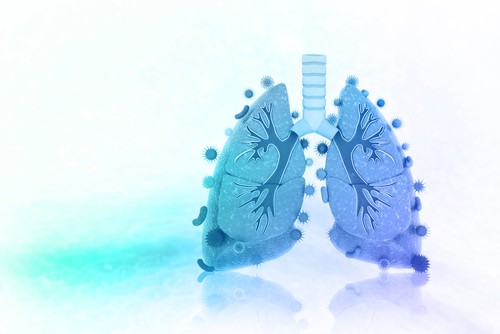Study Identifies Risk Factors for PAH in Primary Sjogren’s Patients

Raynaud’s phenomenon and liver injury are among the risk factors for the development of pulmonary arterial hypertension (PAH) – high blood pressure in the arteries that goes from the heart to the lungs – in primary Sjogren’s syndrome (pSS) patients, a new study shows.
The research, “Characteristics and risk factors of pulmonary arterial hypertension in patients with primary Sjogren’s syndrome,” was published in the International Journal of Rheumatic Diseases.
Patients with pSS may experience complications other than dryness of mouth and eyes, including PAH. The association of pSS with PAH (pSS-PAH) had been considered rare until a study with 573 pSS patients showed that 12.5 percent of them had the condition.
Few studies had addressed pSS-PAH patients, especially using the gold standard of PAH diagnosis — right heart catheterization (RHC).
In an attempt to identify risk factors for the development of PAH in pSS patients, researchers analyzed data of pSS patients hospitalized in China from 2007 to 2015. Patients with pSS, but not PAH, were used as controls.
The study evaluated 29 women with pSS-PAH, whose diagnosis of PAH was confirmed with RHC. In these patients, PAH appeared around the age of 38.4 years, which is earlier than in Western patients, the investigators observed.
Also, patients had had pSS for a mean of 54.6 months before they were diagnosed with PAH. Importantly, patients started showing symptoms of PAH 24.7 months before their diagnosis. This result is consistent with the literature, investigators noted.
Twelve patients experienced PAH as their first manifestation of pSS (41.4%). All patients had shortness of breath, the most frequent symptom of the condition. Mean pulmonary arterial pressure was indicative of severe PAH, which the team attributed to delayed diagnosis.
Patients received glucocorticoids and immunosuppressive agents, such as cyclophosphamide, hydroxychloroquine and methotrexate for their condition. PAH-specific therapies were given to 86.2% patients.
One year after PAH diagnosis, 80.2% of patients were alive. After three years it was 74.8%, and after five years 67.4%.
Statistical analysis showed that Raynaud’s phenomenon – reduced blood flow due to spasms in arteries in areas such as fingers or toes – increased the chances for PAH by 9.6-fold. Similarly, rheumatoid factor at or greater than 200 U/mL (high-titer), liver injury, and pericardial effusion also were risk factors for PAH – increasing the risk by 6.7-fold, 3.3-fold, and 3.3-fold, respectively.
Of note, rheumatoid factors are proteins produced by the immune system, which can target the body’s own tissues, while pericardial effusion is an abnormal accumulation of fluid around the heart.
The investigators underscored that Raynaud’s phenomenon is associated with blood vessel disease, and that previous reports showed it is an indicator of disease severity in PAH associated with other connective tissue diseases, which may help explain its incidence in these patients.
The scientists caution that more studies are warranted to confirm liver injury as a risk factor for pSS-PAH. As for pericardial effusion, they said it may result from the systemic inflammatory response in these patients.
“In summary, our results indicate that pSS patients with Raynaud’s phenomenon, high-titer rheumatoid factor, hepatic injury, or pericardial effusion should be screened for PAH for early diagnosis and treatment,” the researchers wrote.
Future studies should address the effectiveness of steroid and immunosuppressive therapy in pSS-PAH patients, they observed.






